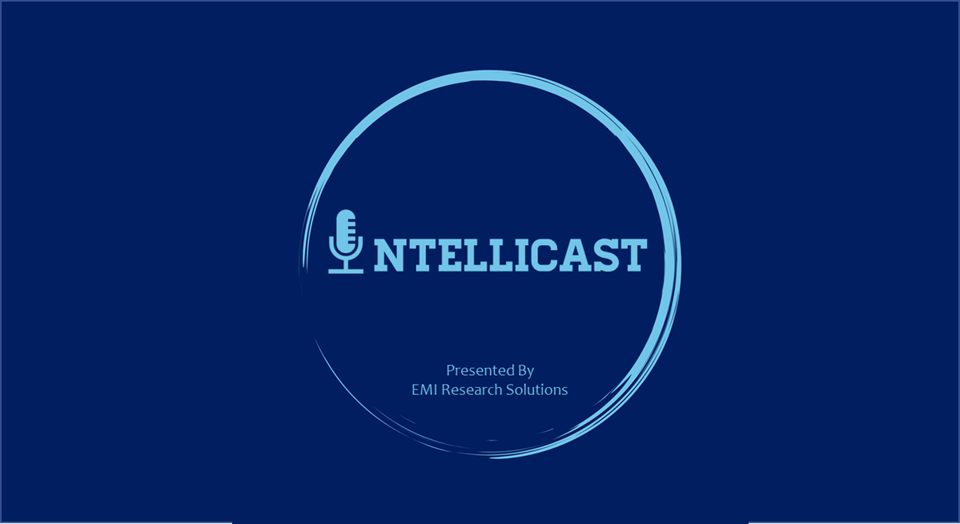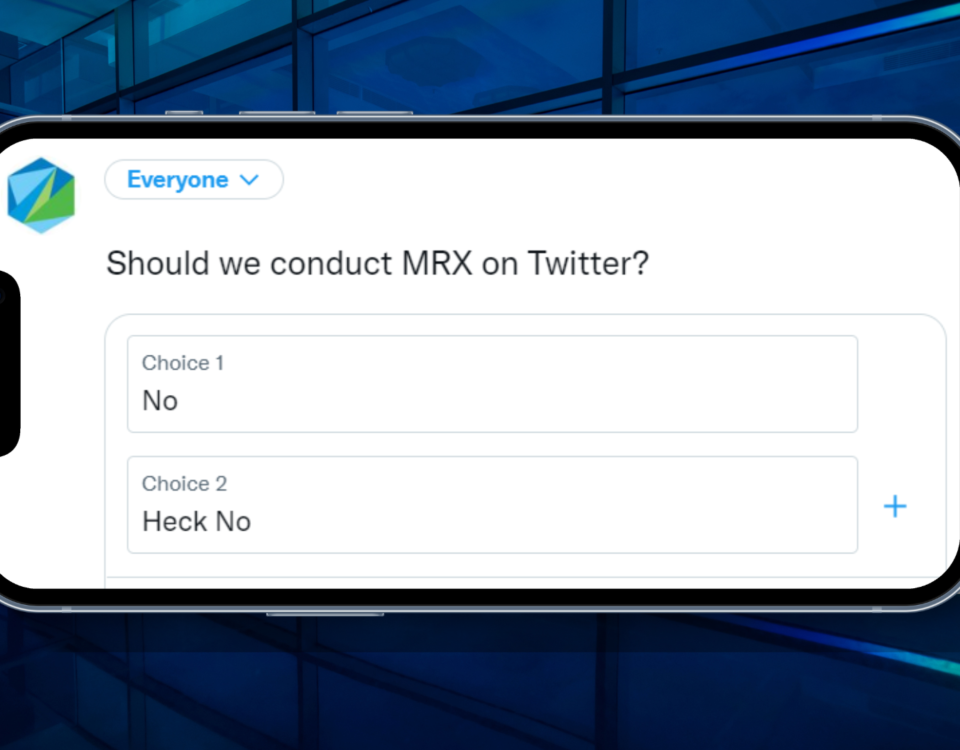Intellicast Episdoe 11 – Baillie Buchanan of Research For Good
April 4, 2018Intellicast – The Cambridge Analytica Scandal
April 10, 2018Have you ever been asked to describe the flavors in the whiskey you are drinking and all you can think is that it tastes like… whiskey? Unless you are drinking a single malt, you probably just had a high-quality blended whiskey.
If your taste buds failed you, don’t feel bad. Even a skilled assessor would have difficulty defining the unique flavors in a blended whiskey.
Now you’re probably asking, what does this have to do with online sample? Great question! The whiskey industry has specific rules around blending that can be applied to the sample industry.
Maintain Quality and Consistency
The main goal of any whiskey blender is to maintain quality and consistency in their product. Anyone blending sample needs to have that as their main goal as well. If the sample blend is inconsistent or the data provided is low quality, this can cause major problems for any project. This is the same for whiskey, if it is not the same batch-to-batch, no one will purchase it. Strategic sample blending is the solution to this problem for online sample. When strategic sample blending, three or more sample providers are combined, but the selection and blending of the selected providers is done in an intentional and controlled manner. The benefits of strategic sample blending include improved feasibility, better consistency, reduced risk, faster fielding times, and more. For example, if one panel in a blend isn’t performing or changes due to shifts in the sample landscape (acquisition, bankruptcy, etc.) they can be replaced by a similar panel with little to no impact on the overall blend, ensuring you get quality, consistent data every time.
Complementary Blending
When whiskies are being blended together, they are chosen so that their flavor profiles are complementary to each other. If whiskies with non-complementary profiles are blended together, you will get a flavor profile with elements that are overpowering, and you lose that smooth finish.
The same can happen when blending sample. You want to use sample sources that complement each other for various components (like attitudinally and behaviorally) so that you have an unbiased and replicable sample blend. By not considering how different sources can complement each other, you can end up with blended sample that may be over-represented in some areas and under-represented in others, or that provides less than ideal quality with their results. This often happens when blending is done through stacking or aggregating rather than strategic sample blending.
Blending by the Numbers
To be considered a blend, whether in whiskey or sample, you should be using at least two sources, ideally three. But as in the case with whiskey, you should use a wide variety of sources to ensure you have the best profile for your blended sample. Whether a master whiskey blender or expert sample consultant, these sources should be selected by someone who deeply understands each source and how they can help you reach the desired blend.
The EMI Approach
When it comes to blending sample, EMI’s approach is similar to that of the master whiskey blenders. We utilize our unique strategic sample blending methodology, Intelliblend®, to deliver the most representative and accurate demographic, behavioral, and attitudinal data to provide a sample that best fits a client’s project. This is done by leveraging our proprietary research-on-research data to identify sample sources and then blending them in an intentional, unbiased, and controlled manner.
Learn more about IntelliBlend® and how EMI can help on your next project!





